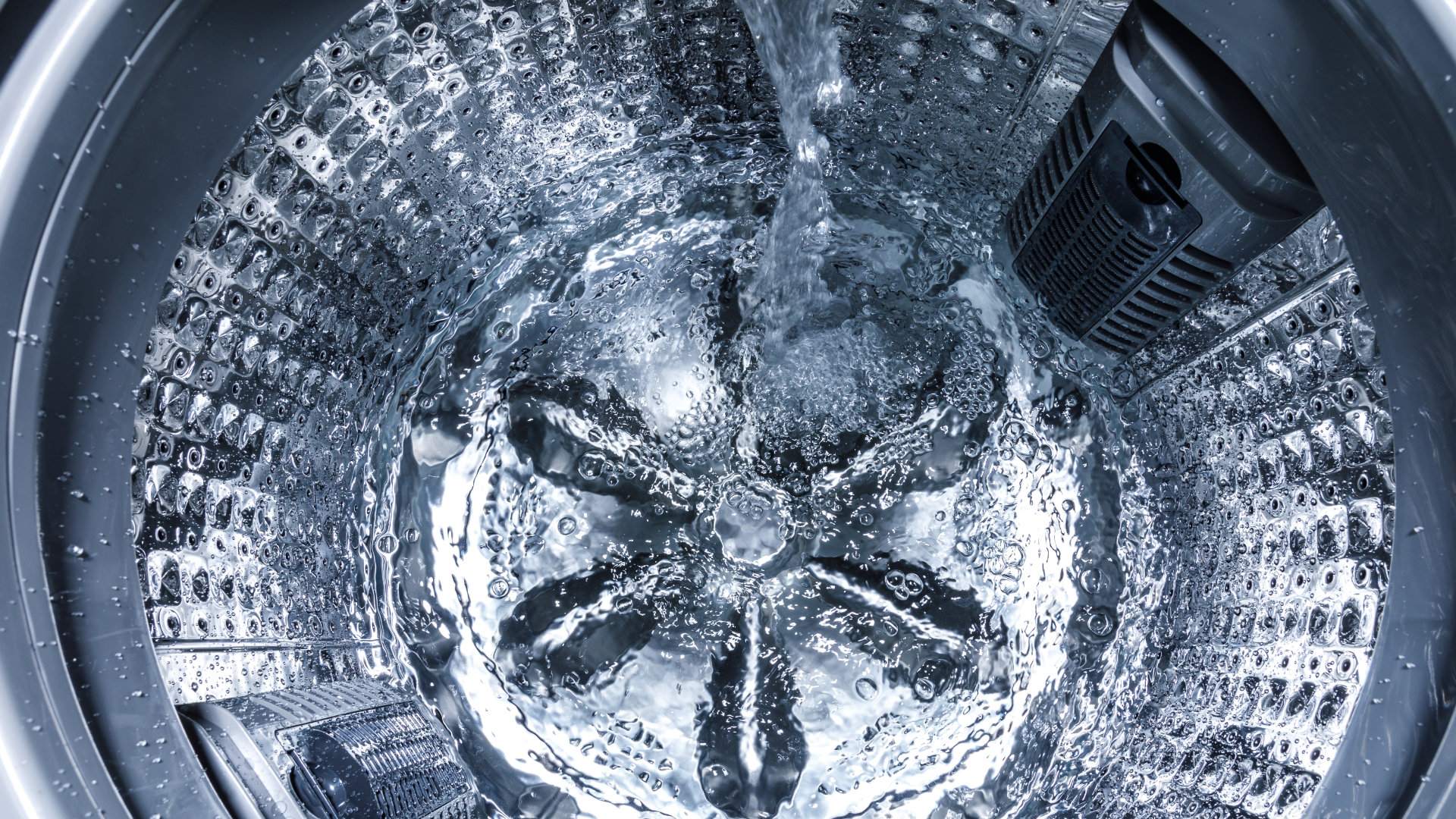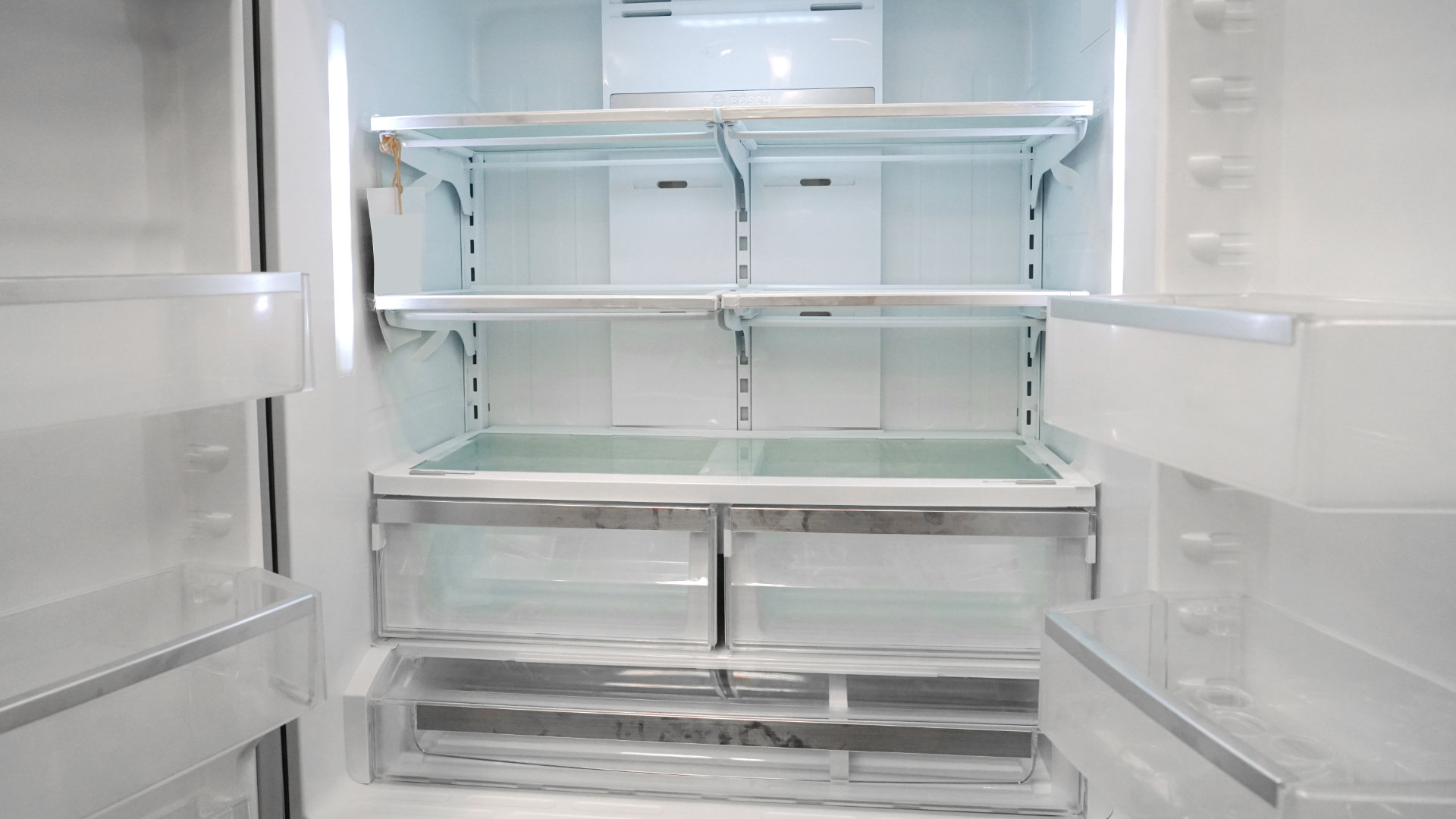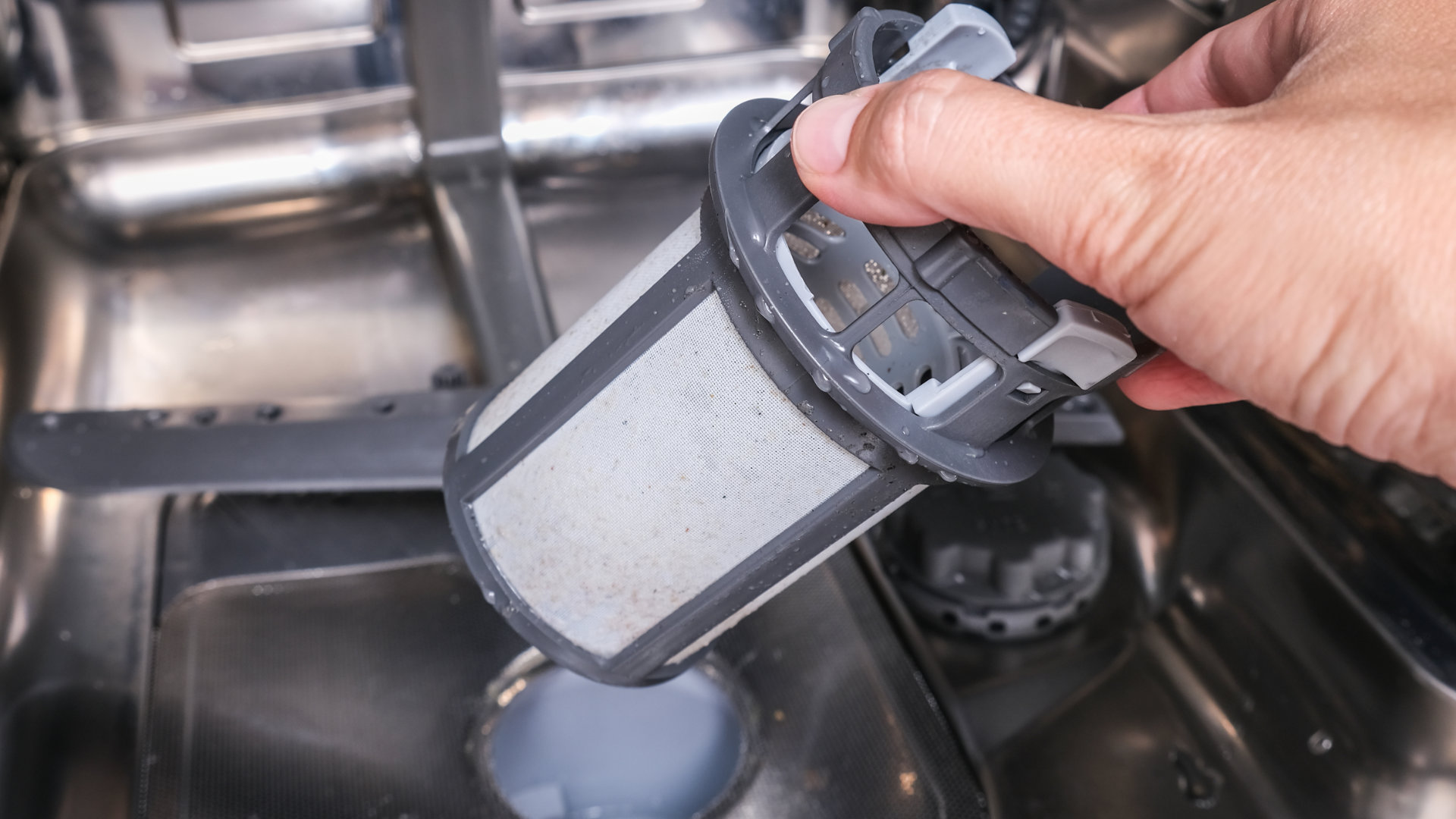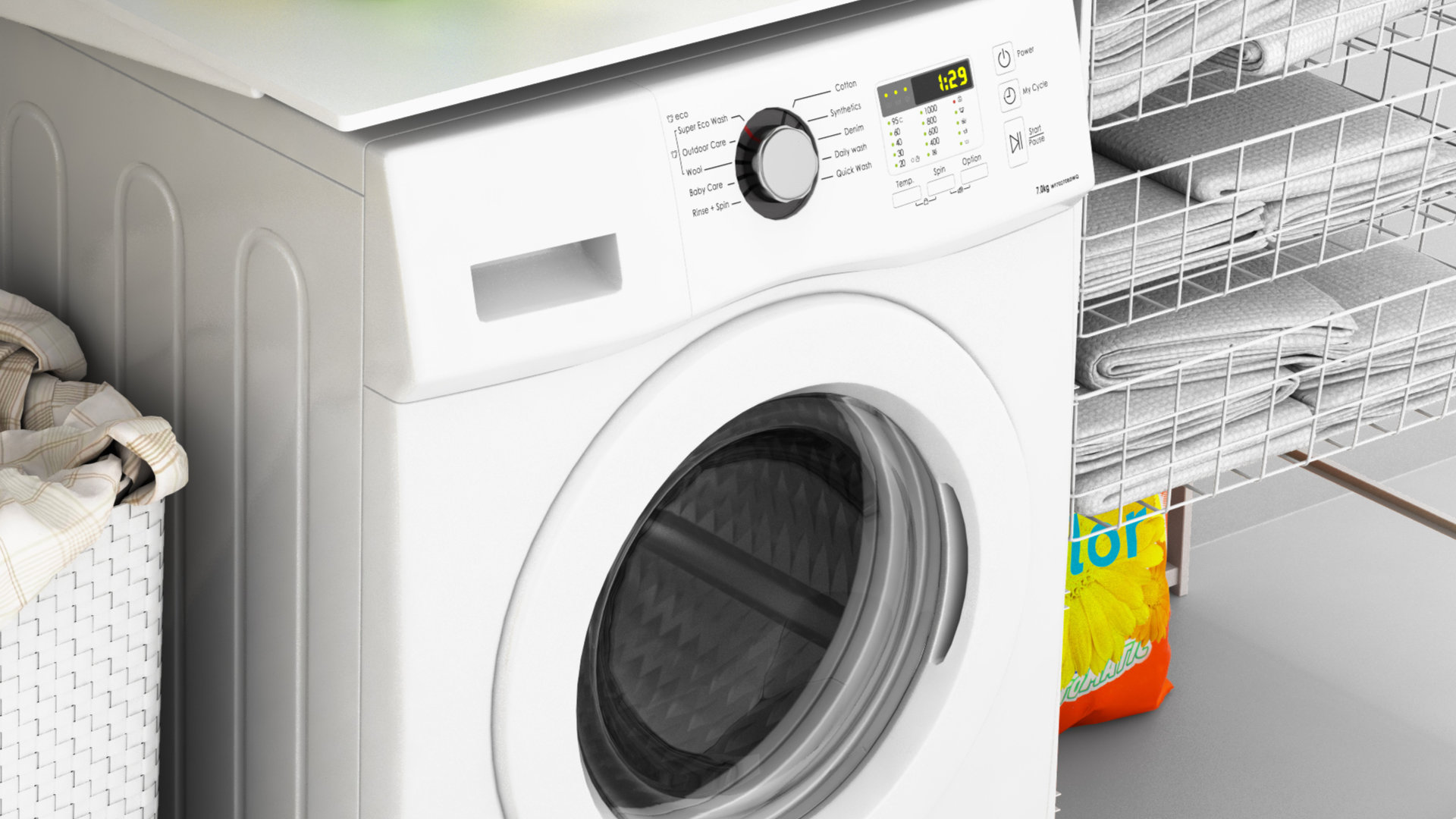
An LG Washer with a UE error code indicates that the washing load is unbalanced. If you are lucky, the washer will fix the error itself by filling it with more water to help agitate and separate the items in the washer. At this stage of the process, most LG washers will display a lowercase “u” (uE) error code. If the washer is unable to balance the load, the washer will display a UE error code.
If the washer cannot balance the load, the first step is to try to balance it yourself. Failing that, you should check that the washer is sitting level on the floor. If the issue persists, you may have a more serious problem and will need to check the rotor mounting nut, suspension rods, shock absorbers, hall sensor, and control board. A washer reset may also resolve the error code if the error is just a glitch.
This guide applies to most LG washers, including the following models:
RLM20K
WD-10271BD
WD-11275BD
WD-13276BDM
WD-90282BD
WM2233HW
WM2277HS
WM2301HR
WM2301HW
WM2455HG
WM2455HW
WM2455HW/00
WM2487HRMA/00
WM2487HWMA/00
WM2496HSM
WM2496HWM/00
WM2688HNM
WM2688HWMA/00
WM3070HWA
WM3470HVA
WM3470HWA
1. Balance the Load
The easiest solution to the problem is to open the washer and adjust the load. If the laundry is tangled, bunched up, or stuck to one side, correcting this will often resolve the issue. Overloading or underloading can also cause the error, so another easy solution is to either remove or add an item or two to the load to balance it out.
Items with strings or laces can also cause the error if they get caught in a part of the drum or agitator. To ensure this doesn’t happen, use a washing machine-safe bag or secure the strings so that they cannot get caught in the washer.
It is also important to ensure you use the correct cycle when using the washer. Each wash cycle is designed to wash specific fabric types and soil levels. If the washer is expecting a different type of load, it may think that the washer is unbalanced and display the UE error code.
Once the weight of load has been rebalanced, the error code should be resolved, and the washer should continue with the cycle.
2. Level the Washer
Another cause of the UE error code is that the washer is not sitting level on the floor. Using a level tool is the best way to check and fix the issue. If the level tool shows you the washer is not level, the washer’s legs should be adjusted until the washer is level. To adjust the leveling legs, locate the locking nut on the leg and loosen it with a wrench. Adjust the legs until the washer is level. When you have verified that the washer is level, tighten the locking nuts to lock them into place.
3. Reset the Washer
Occasionally, the error code may occur because of a glitch with the control board. If there is a glitch, disconnecting the washer from the power for five minutes will allow the control board to reset. If it is just a glitch, the error code should be gone when you reconnect the power to the washer. However, resetting the washer like this may also just postpone the inevitable. If the error code returns, it is important to take the time to fix the issue, as putting it off will likely lead to more serious issues in the future.
4. Check the Rotor Mounting Nut
If the above steps have failed to resolve the error, you will need to check some of the internal components responsible for balancing the tub in the washer. These repairs can be complicated and are best performed by a trained professional. However, if you are feeling confident, the first thing to check is the rotor mounting nut. The purpose of the rotor mounting nut is to help secure the rotor assembly over the stator.
Follow these instructions to check the rotor mounting nut:
- Disconnect the power to the washer.
- Turn off the water to the washer and disconnect the water inlet hoses.
- Access the stator assembly. If you have a top-loader washer, you will likely need to put the washer on its back to access the stator assembly underneath the washer. If you have a front-loader washer, check your manual, but you will likely be able to gain access by removing the rear access panel.
- Check to see if the nut is tight. If not, tighten it up.
- Check the mounting bolts that secure the stator to see if they are also tight, and if not, tighten them too.
- Reconnect the power and see if the error code has been resolved. If not, check the suspension rods.
5. Check the Suspension Rods (Top-Loader Washers)
Top-loader washers have suspension rods that, over time, can wear out. If the suspension rods need to be replaced, the washer will vibrate excessively, make a lot of noise, and trigger the UE error code.
Follow these steps to check the suspension rods:
- Disconnect the power to the washer.
- Turn off the water and disconnect the water inlet hoses.
- Access the suspension rods, usually by removing the control panel and then the washer frame.
- Locate the suspension rods on the sides of the tub.
- Check the rods for signs of wear and tear or damage.
- Replace any defective rods.
- Check if the error code still remains. If the issue is not fixed, check the hall sensor.
6. Check the Shock Absorbers (Front-Loader Washers)
If you have a front-loader washer, the shock absorbers that help secure the tub may have worn out. If the shock absorbers are defective, the washer will vibrate excessively, make noise, and trigger a UE error code.
Follow these steps to check the shock absorbers:
- Disconnect the power to the washer.
- Turn off the water and disconnect the water inlet hoses.
- On most models, you will need to remove the front panel of the washer to access the shock absorbers (check your manual for their location).
- Check the shock absorbers for signs of wear and tear.
- If the shock absorbers are defective, replace them.
- Check if the error code is resolved; if not, check the hall sensor.
7. Check the Hall Sensor
The hall sensor (also called the rotor position sensor) monitors how the motor is operating. When it becomes defective, it can cause error codes to be displayed when they shouldn’t be.
Follow these steps to check the hall sensor:
- Disconnect the power to the washer.
- Turn off the water and disconnect the water inlet hoses.
- If you have a top-loader washer, you will likely need to put the washer on its front and remove the back access panel. If you have a front-loader, you will likely need to remove the rear access panel.
- Locate the hall sensor and test it for continuity with a multimeter.
- If there is no continuity, the hall sensor will need to be replaced.
- Check if the error is resolved. If it is still showing, you may have a faulty control board.
8. Replace the Control Board
The washer’s control board sends and receives electronic signals to operate the washer. If the above solutions have failed to fix the UE error code, the washer may have a faulty control board. Testing and replacing the control board can be difficult; therefore, it is best left to a trained professional. If the control board is faulty, it will need to be replaced.

How to Reset a Whirlpool Refrigerator Ice Maker

6 Reasons Your LG Refrigerator Is Not Making Ice

Kenmore Fridge Ice Maker Not Working? 5 Ways to Fix It

How to Remove Fish Smell from Your Refrigerator

How To Fix Bosch Dishwasher E24 Error

Troubleshooting a Whirlpool Dishwasher Not Draining

Why Is Your Fridge Water Not Working, but Ice Is?

How to Fix the E15 Bosch Dishwasher Error Code

How Much Power Does a Microwave Use?

How to Properly Clean Refrigerator Coils

How to Fix an LG Washer Showing OE Error Code

Troubleshooting a GE Dishwasher with No Power and No Lights

10 Reasons Why Your Bosch Dishwasher Won’t Start

Troubleshooting the F5 Error Code with a Maytag Washer


